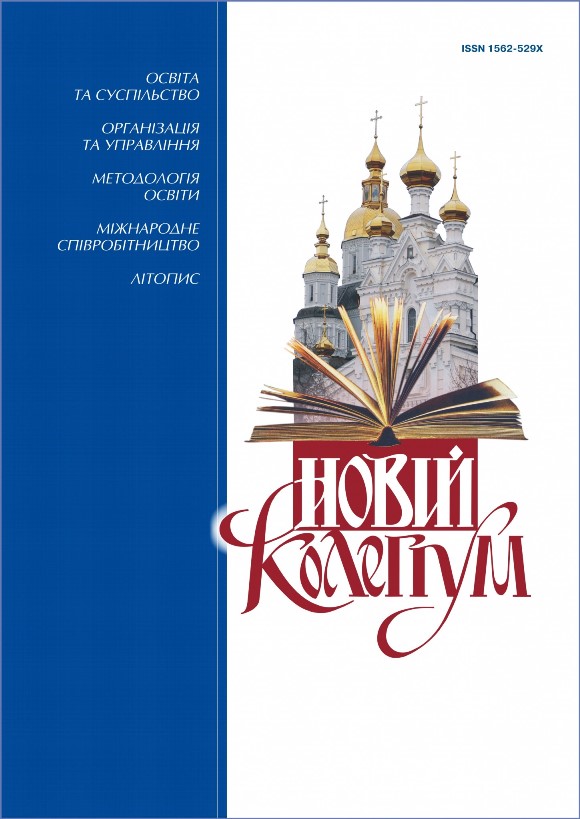About the prospects for the development of architectural innovations at the department of ITDAS
DOI:
https://doi.org/10.30837/nc.2020.4.76Keywords:
innovation, city, architecture, dual education, multidisciplinarityAbstract
Celebrating the 90th anniversary of Kharkiv National University of Civil Engineering and Architecture, it is important to note the role of innovation in the formation of the architectural faculty of the university. Throughout the history of the faculty, its architects have sought to be ahead of the latest advances in the profession. Preserving the best traditions of architectural pedagogy, each generation added new ones to them, developing and multiplying the results achieved by its predecessors. This article is devoted to the trend of innovative development of architecture as a factor influencing the scientific and pedagogical practice of the Department of Innovative Technologies of Design of Architectural Environment (ITDAE).
Today, the problem of training qualified architects who can be competitive in the labour market is becoming more acute. The architect of the new generation must effectively interact in the professional, corporate and social environment, have a scientific thinking apparatus, modern methods and means of research, know the programs of architectural and construction design, focus on the market of modern architectural and design services.
The article discusses the problems of implementing innovative methods of analysis, modelling and design of the architectural environment into the scientific and pedagogical practice of the Department of Innovative Technologies of Design of Architectural Environment (ITDAE) of KNUCEA. The issues of development in the scientific and practical work of the department of the directions of dual education and the principles of multidisciplinary interactions are also considered. A description of the directions of research carried out at the department is provided, including virtual reality, parametric modelling of energy-efficient buildings, modelling of a city as a dynamic system, architectural urbanism and the like.
References
Аврорин А.В. Экологическое домостроение, Проблемы энергосбережения / А.В. Аврорин, И.А. Огородников, И.А. Чернова, Е.А. Чиннов // Экология. Серия аналитических обзоров мировой литературы. 1997. №43. С. 1-71.
Беляева С.В. Повышение инновационной активности предприятий как фактор устойчивого развития строительной отрасли / С.В. Беляева, П.В. Халявко // Экономика строительства. 2014. №1(25). С. 70-75.
Табунщиков Ю. А. Энергоэффективные здания / Ю.А. Табунщиков, Табунщиков, М. М. Бродач, Н. В. Шилкин. Москва : АВОК-ПРЕСС, 2003. 200 с.
Грабовый П.Г. Динамическая модель прогнозирования развития инновационного проекта / П.Г. Грабовый, Э.Ю. Околелова, Н.И. Трухина // Известия высших учебных заведений. Технология текстильной промышленности. 2017. № 1 (367). С. 78–82.
Шиндина Т.А. Зеленая концепция городской логистики: основные моменты проектирования среды обитания современного человека / Т.А. Шиндина, М.К. Ветров // Вестник Южно-Уральского гос. ун-та. Серия: Экономика и менеджмент. 2017. № 1. Т. 11. С. 12–19.
Ларионов А.Н. Развитие эколого-экономической системы "строительство – среда жизнедеятельности" : монография / А.Н. Ларионов, М.Ю. Мишланова. Москва : НИУ МГСУ, 2014. 165 с.
Крыгина А.М. Инновационное жилищное строительство: организационно-технические и технологические решения : монография. Курск : Изд-во ЮЗГУ, 2012.
Гумба Х.М. Стратегия развития инновационной деятельности в промышленности и строительстве: обоснование регионального аспекта / Х.М. Гумба, В.А. Власенко // Известия высших учебных заведений. Технология текстильной промышленности. 2017. № 2 (368). С. 14–19.

